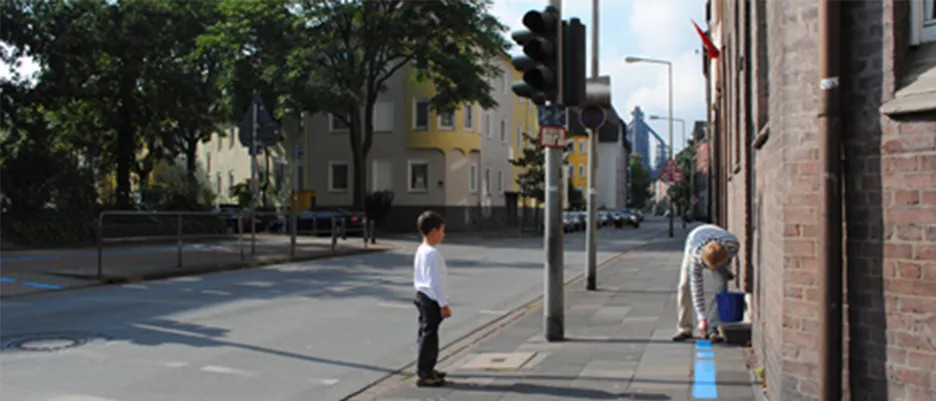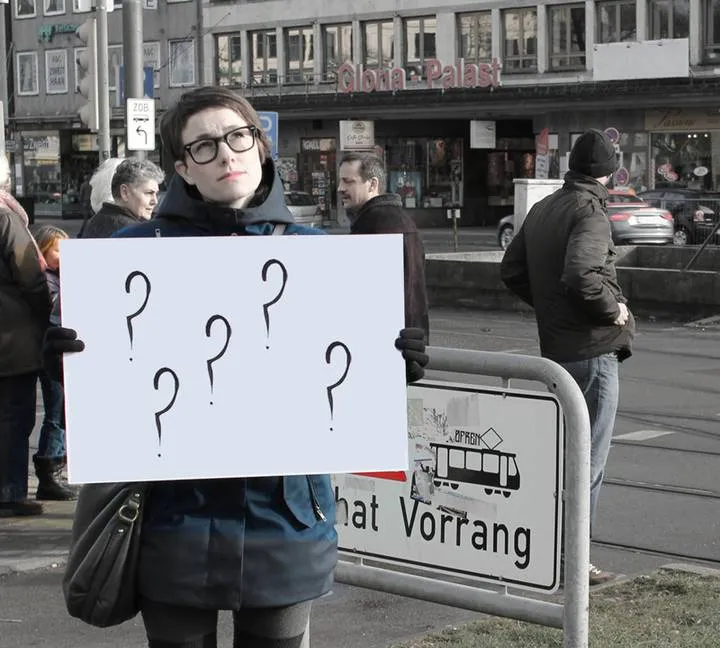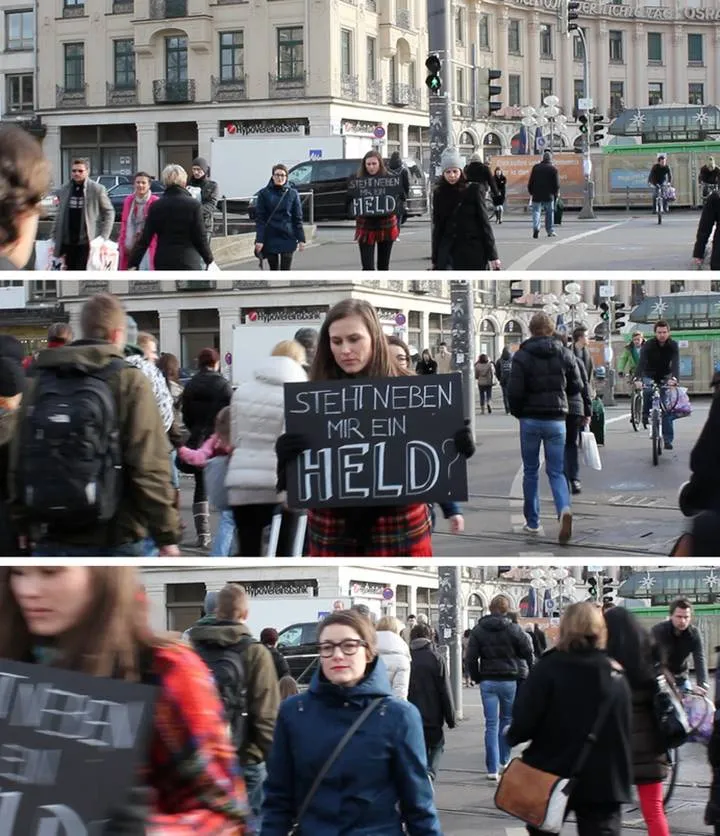intervention scout
Master's Thesis M.A. Landscape Architecture, Irina Glander
Topic
In the visual arts, interventions refer to actions, installations or performances in public space that are designed as a "disruptive factor" and aim to influence perception and awareness. In urban public spaces, interventions in the form of flying constructions, temporary installations, guerrilla gardening, flashmobs... as an urban practice of communication, appropriation and participation. In the research field Interventions / Participation, the Chair of Landscape Architecture and Public Space is dedicated to the question of what role artistic forms of expression of intervention can take as instruments in a participatory planning process for urban, public spaces. The thesis "Intervention Scout" is intended to develop basic approaches to the topic of interventions in public space and to provide a detailed analysis specifically for the Munich area.
Task
First of all, a definition of the use of the term "intervention" in public space has to be worked out. Furthermore, a collection of realized interventions of the last years has to be created. Thereby the planning, artistic, spatial, political, sociological situation for spatial interventions in Munich has to be presented. The results of this work step shall be the basis for an "Atlas of Interventions", which will be created at the chair. In the design part of the work, an own spatial intervention is to be designed, planned, carried out and documented for an area to be selected.
Supervision
Prof. Regine Keller, Dipl.-Ing. Thomas Hauck, Dipl.-Ing. Felix Lüdicke
New Intervention
Irina Glander
The atlas of interventions showed interventions in Munich, which could then be subjected to an evaluation through the given breakdown system. Thus, it was possible to present a characteristic form of intervention for this city. Their advantages and disadvantages were explicitly listed in order to obtain a type of intervention that was to become the basis of the intervention to be developed in the following.
A rethinking, away from the landscape architectural, to the purely artistic design, away from the often distanced, partly rather pragmatic approach, to the processual, participatory action on site, was the most fundamental step of this own artistic intervention. The process that had to be gone through until the realization of this completely different design is shown in the present part. This includes the first approaches as well as the executed action on site.The design process started with the choice of the "right" place. Because this provided the framework for the intervention in the further course. The situation of this place was to be questioned or made visible and reinterpreted by means of the artistic intervention.
To work out an analysis of this place as well as to recognize its positioning within the urban structure was an essential step in the development process of the intervention. Only then could the question of the appropriate category and type of intervention be addressed.
As described in the introduction to the topic, the main aim of the realized intervention was to raise the awareness of the residents, and above all the awareness on the part of the landscape architects, through this artistic experiment. The suitability of processual, temporary and increasingly participatory interventions to be transferred to the level of the planning work of landscape architects was to be demonstrated and thereby ultimately confirmed.


